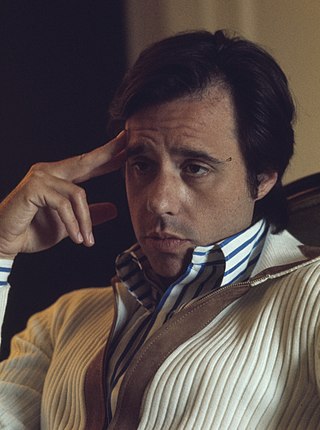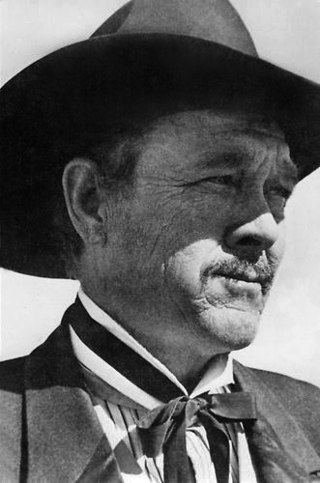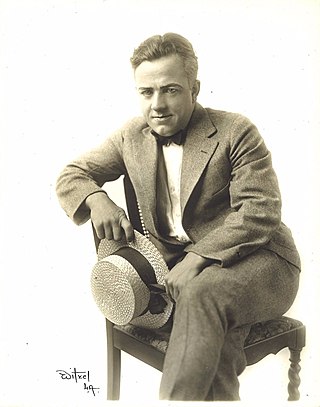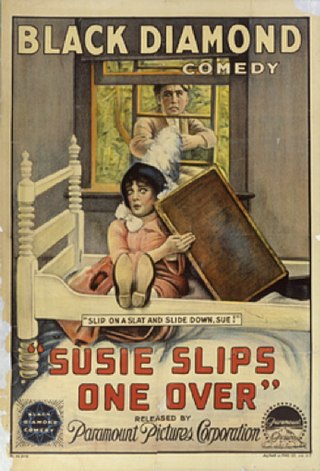
Peter Bogdanovich was an American director, writer, actor, producer, critic, and film historian of Serbian extraction. He started his career as a film critic for Film Culture and Esquire before becoming a film director in the New Hollywood movement. He received accolades including a BAFTA Award and Grammy Award, as well as nominations for two Academy Awards and two Golden Globe Awards.

The Last Picture Show is a 1971 American coming-of-age drama film directed and co-written by Peter Bogdanovich, adapted from the semi-autobiographical 1966 novel The Last Picture Show by Larry McMurtry. The film's ensemble cast includes Timothy Bottoms, Jeff Bridges, Ellen Burstyn, Ben Johnson, Cloris Leachman, and Cybill Shepherd. Set in a small town in northern Texas from November 1951 to October 1952, it is a story of two high-school seniors and long-time friends, Sonny Crawford (Bottoms) and Duane Jackson (Bridges).

John Martin Feeney, known professionally as John Ford, was an American film director. He was one of the most important and influential filmmakers of his generation. Ford made frequent use of location shooting and wide shots, in which his characters were framed against a vast, harsh, and rugged natural terrain.

Francis Benjamin Johnson Jr. was an American film and television actor, stuntman, and world-champion rodeo cowboy. Tall and laconic, Johnson brought authenticity to many roles in Westerns with his droll manner and expert horsemanship.

Francis Ford was an American film actor, writer and director. He was the mentor and elder brother of film director John Ford. As an actor, director and producer, he was one of the first filmmakers in Hollywood.

Grace Cunard was an American actress, screenwriter and film director. During the silent era, she starred in over 100 films, wrote or co-wrote at least 44 of those productions, and directed no fewer than eight of them. In addition, she edited many of her films, including some of the shorts, serials, and features she developed in collaboration with Francis Ford. Her younger sister, Mina Cunard, was also a film actress.

The Independent Moving Pictures Company (IMP) was a motion picture studio and production company founded in 1909 by Carl Laemmle. The company was based in New York City, with production facilities in Fort Lee, New Jersey. In 1912, IMP merged with several other production companies to form Universal Film Manufacturing Company, later re-named Universal Pictures Company with Laemmle as president.
The Tornado is a 1917 American short film directed and co-written by John Ford, who at that time was credited as "Jack Ford". Filmed in California, the two-reel Western starred Ford as well, with a supporting cast that included Jean Hathaway, John Duffy, Peter Gerald, Elsie Thornton, and Duke Worne. This short is generally cited by film historians to be Ford's debut film as a director, although he had served as an assistant director in some earlier productions directed by his elder brother Francis Ford. Produced by Bison Motion Pictures and distributed by Universal Pictures, this short is currently classified as a lost film.

Frank Powell was a Canadian-born stage and silent film actor, director, producer, and screenwriter who worked predominantly in the United States. He is also credited with "discovering" Theda Bara and casting her in a starring role in the 1915 release A Fool There Was. Her performance in that production, under Powell's direction, quickly earned Bara widespread fame as the film industry's most popular evil seductress or on-screen "vamp".
Mary Marr "Polly" Platt was an American film producer, production designer and screenwriter. She was the first female art director accepted into Hollywood's Art Director's Guild. In addition to her credited work, she was known as mentor as well as an uncredited collaborator and networker. In the case of the latter, she is credited with contributing to the success of ex-husband and director Peter Bogdanovich's early films; mentoring then, first-time director and writer Cameron Crowe, and discovering actors including Cybill Shepherd, Tatum O'Neal, Owen Wilson, Luke Wilson and director Wes Anderson. Platt also suggested that director James L. Brooks meet artist and illustrator Matt Groening. Their subsequent meeting eventually resulted in the satiric animated television series The Simpsons.

John Ford (1894–1973) was an American film director whose career spanned from 1913 to 1971. During this time he directed more than 140 films; however, nearly all of his silent films are lost. Born in Maine, Ford entered the filmmaking industry shortly after graduating from high school with the help of his older brother, Francis Ford, who had established himself as a leading man and director for Universal Studios. After working as an actor, assistant director, stuntman, and prop man – often for his brother – Universal gave Ford the opportunity to direct in 1917. Initially working in short films, he quickly moved into features, largely with Harry Carey as his star.

Shon the Piper is a 1913 American silent short historical romantic drama film directed by Otis Turner and starring Robert Z. Leonard and Lon Chaney. The film follows a Scottish Duke who disguises himself as a piper and falls in love with a woman by the name of Madge. The woman's father refuses to let the two marry because he wants his daughter to marry the Laird of the Isla. At the wedding, Shon steals Madge away and a battle ensues between the clans.

Agnes Vernon was an American film actress of the silent era. While still in her teens, she experienced a meteoric ascent from obscurity to box-office sensation. After turning twenty-three and a movie career fading away, she abandoned the silver screen forever. Vernon performed in over 90 films between 1913 and 1922. She completed most of her roles under contract with Universal Pictures.
Fires of Rebellion is a 1917 American silent drama film written and directed by Ida May Park, and starring Lon Chaney, William Stowell, and Dorothy Phillips. The film is today considered lost. A still exists showing Lon Chaney in the role of the lecherous photographer Russell Hanlon. The film's main musical theme was Serenade by R. Czerwonky.

Shorty Hamilton was an American actor and silent film comedian who appeared in more than 80 films, mostly westerns, from 1909 to 1925. His birth name was William John Schroeder, and he was also known as "Jack Hamilton." He had served in the United States Cavalry for several years and worked as a cowboy in Montana and Texas. He was best known for the "Adventures of Shorty" series of two-reel silent films that were released from 1912 to 1917.

The United States Motion Picture Corporation was an early American independent film studio that produced comedic films on the East Coast. It existed during the "transitional" period before the Hollywood studio system centralized film production. The United States Motion Picture Corporation made one reel silent films in the Wilkes-Barre, Pennsylvania, area from 1916 through 1919.

Jack Livingston was a film actor in the United States. He starred in several films including alongside Jane Novak in The Golden Trail. He appeared in at least 44 feature films. His great-grandfather Philip Livingston signed the Declaration of Independence and he was also related to Robert Livingston who helped negotiate the Louisiana Purchase. In 1916 he was identified as Myrtle Stedman's new leading man at Oliver Morosco Photoplay Company.
The Dawson Film Find (DFF) was the accidental discovery in 1978 of 372 film titles preserved in 533 reels of silent-era nitrate films in the Klondike Gold Rush town of Dawson City, Yukon, Canada. The reels had been buried under an abandoned hockey rink in 1929 and included lost films of feature movies and newsreels. A construction excavation inadvertently uncovered the forgotten cache of discarded films, which were unintentionally preserved by the permafrost.

Mina Cunard was an American actress who performed in small roles in American films between the 1910s and the 1950s. She was the younger sister of popular actress Grace Cunard.

A Sound Sleeper is a 1909 American comedy film directed by D. W. Griffith and produced by the American Mutoscope and Biograph Company. The short was filmed in one day in the Coytesville borough of Fort Lee, New Jersey, which at the time was a popular filming location for many early motion-picture studios in the northeastern United States. Due to the brief running time of this comedy, it was originally distributed in April 1909 on a split reel with another Biograph release, a longer dramatic film titled The Winning Coat.

















